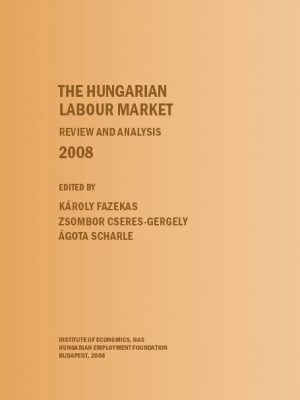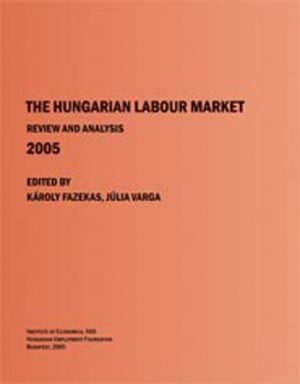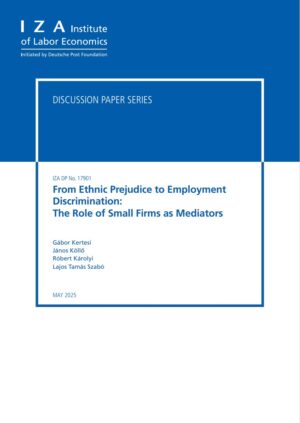The series of our labour market yearbooks was launched with the goal of reviewing the main developments in the Hungarian labour market annually, and of giving an in-depth analysis of selected issues. The introductory chapter of the present volume discusses trends and recent changes in employment, activity, and unemployment between 2007 and the first quarter of 2009. The first part of this year’s In Focus presents a descriptive statistical overview of the labour market as seen through the microdata of the European Labour Force Survey. The second part deals with a specific aspect of the labour market, namely vocational training. The authors present a strong evidence that vocational training is an ailing part of the educational system in need of profound reforms. The third part of the book discusses the legal and institutional environment of the Hungarian labour market, while the closing chapter provides a comprehensive collection of statistical data.
The book can be downloaded in one file.
















